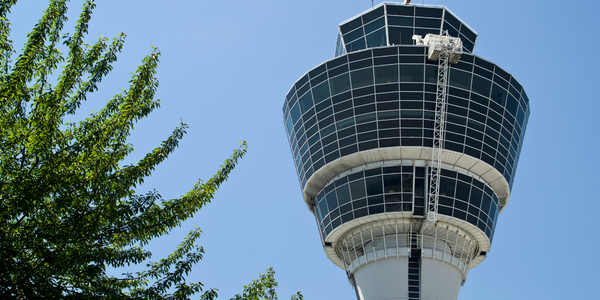Technology Category
- Analytics & Modeling - Machine Learning
- Robots - Autonomous Guided Vehicles (AGV)
Applicable Industries
- Automotive
- Transportation
Applicable Functions
- Logistics & Transportation
- Warehouse & Inventory Management
Use Cases
- Last Mile Delivery
- Vehicle Performance Monitoring
Services
- Cloud Planning, Design & Implementation Services
- System Integration
About The Customer
The customer is a leading Indian logistics tech company, renowned as the country’s largest neutral freight network. They operate in a complex industry with low tech adoption at different levels. The company manages thousands of data points for each journey, including accurate routing across highways, country roads, and warehouse locations, traffic data across cities and states, setting up contextual POIs, and additional data such as tire wear-and-tear, vehicle utilization, tolls, and permits. They also have to account for local nuances like vehicle restrictions & driving behavior, which vary tremendously from state to state in India.
The Challenge
A leading Indian logistics tech company, known as the country’s largest neutral freight network, was facing challenges in providing an intuitive freight tracking experience for their customers. The company was operating in a complex industry with low tech adoption at different levels. The primary challenges included tracking thousands of data points for each journey, such as accurate routing across highways, country roads, and warehouse locations, traffic data across cities and states, setting up contextual POIs, and additional data such as tire wear-and-tear, vehicle utilization, tolls, and permits. These data points were managed by different stakeholders, causing significant operations challenges. The second challenge was accounting for local nuances like vehicle restrictions & driving behavior, which varied tremendously from state to state in India. Other complications included the type of vehicle, changing topographies, driving patterns, and speed limit depending on the cargo.
The Solution
The solution involved analyzing the company’s historical freight and navigational data, and running it through machine learning models. This process provided valuable insights into the nuances of the problem. A custom solution was created using a blended-AI approach that could keep up with the challenges of the logistics industry while helping the client thrive. This solution efficiently tackled local conditions, unstructured addresses, varied vehicle types, and unique driving behaviors, helping their solution make informed predictions of the route likely to be taken by drivers and the corresponding ETAs. A 5-step approach was crafted, which included map data curation, AI inferences, routes and ETA modelling, shadow testing, and finally going live with the new solution. The custom map stack was set up on the customer’s cloud by leveraging Kubernetes.
Operational Impact
Quantitative Benefit

Case Study missing?
Start adding your own!
Register with your work email and create a new case study profile for your business.
Related Case Studies.

Case Study
Integral Plant Maintenance
Mercedes-Benz and his partner GAZ chose Siemens to be its maintenance partner at a new engine plant in Yaroslavl, Russia. The new plant offers a capacity to manufacture diesel engines for the Russian market, for locally produced Sprinter Classic. In addition to engines for the local market, the Yaroslavl plant will also produce spare parts. Mercedes-Benz Russia and his partner needed a service partner in order to ensure the operation of these lines in a maintenance partnership arrangement. The challenges included coordinating the entire maintenance management operation, in particular inspections, corrective and predictive maintenance activities, and the optimizing spare parts management. Siemens developed a customized maintenance solution that includes all electronic and mechanical maintenance activities (Integral Plant Maintenance).

Case Study
Airport SCADA Systems Improve Service Levels
Modern airports are one of the busiest environments on Earth and rely on process automation equipment to ensure service operators achieve their KPIs. Increasingly airport SCADA systems are being used to control all aspects of the operation and associated facilities. This is because unplanned system downtime can cost dearly, both in terms of reduced revenues and the associated loss of customer satisfaction due to inevitable travel inconvenience and disruption.

Case Study
IoT-based Fleet Intelligence Innovation
Speed to market is precious for DRVR, a rapidly growing start-up company. With a business model dependent on reliable mobile data, managers were spending their lives trying to negotiate data roaming deals with mobile network operators in different countries. And, even then, service quality was a constant concern.

Case Study
Digitize Railway with Deutsche Bahn
To reduce maintenance costs and delay-causing failures for Deutsche Bahn. They need manual measurements by a position measurement system based on custom-made MEMS sensor clusters, which allow autonomous and continuous monitoring with wireless data transmission and long battery. They were looking for data pre-processing solution in the sensor and machine learning algorithms in the cloud so as to detect critical wear.





